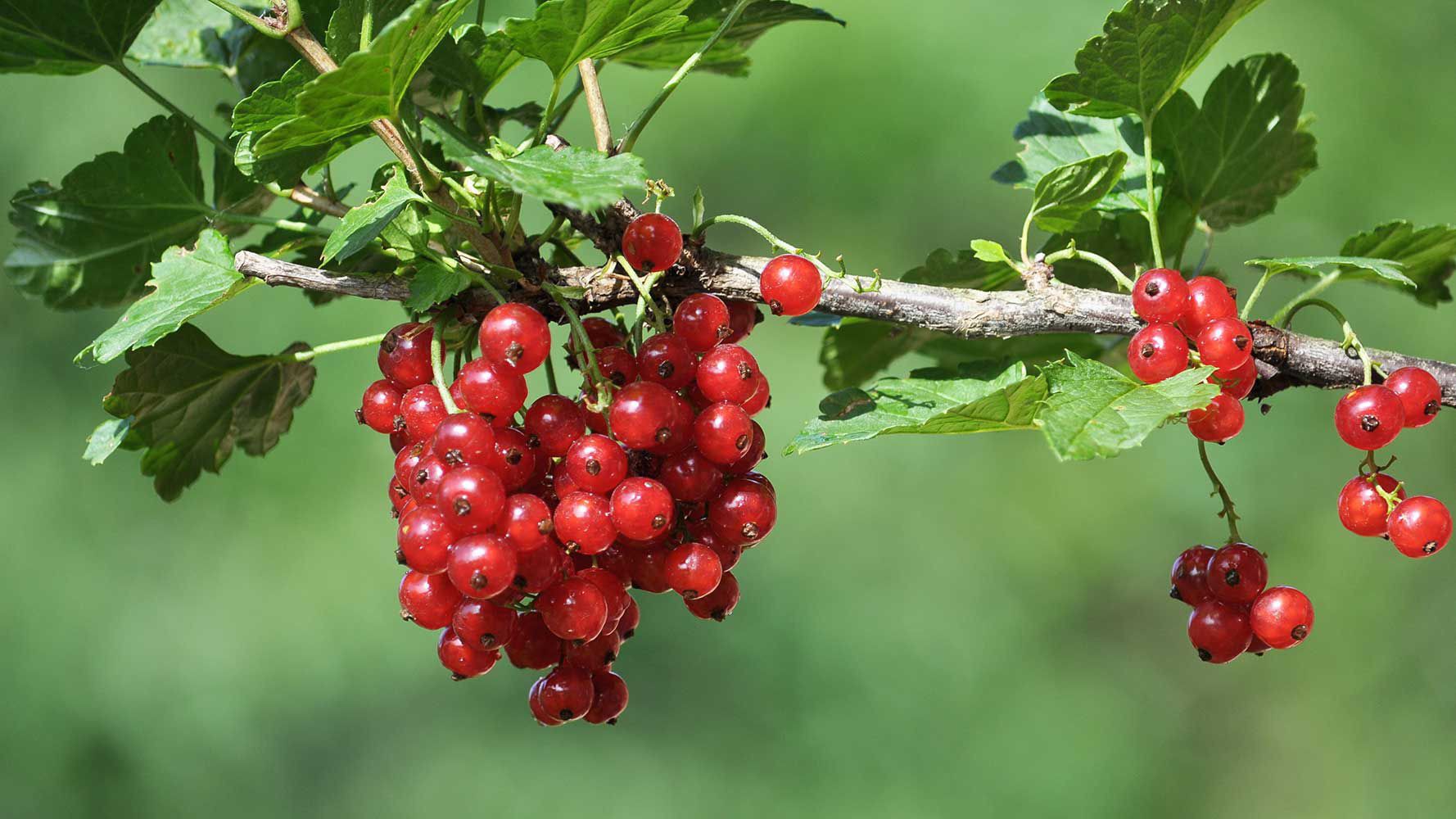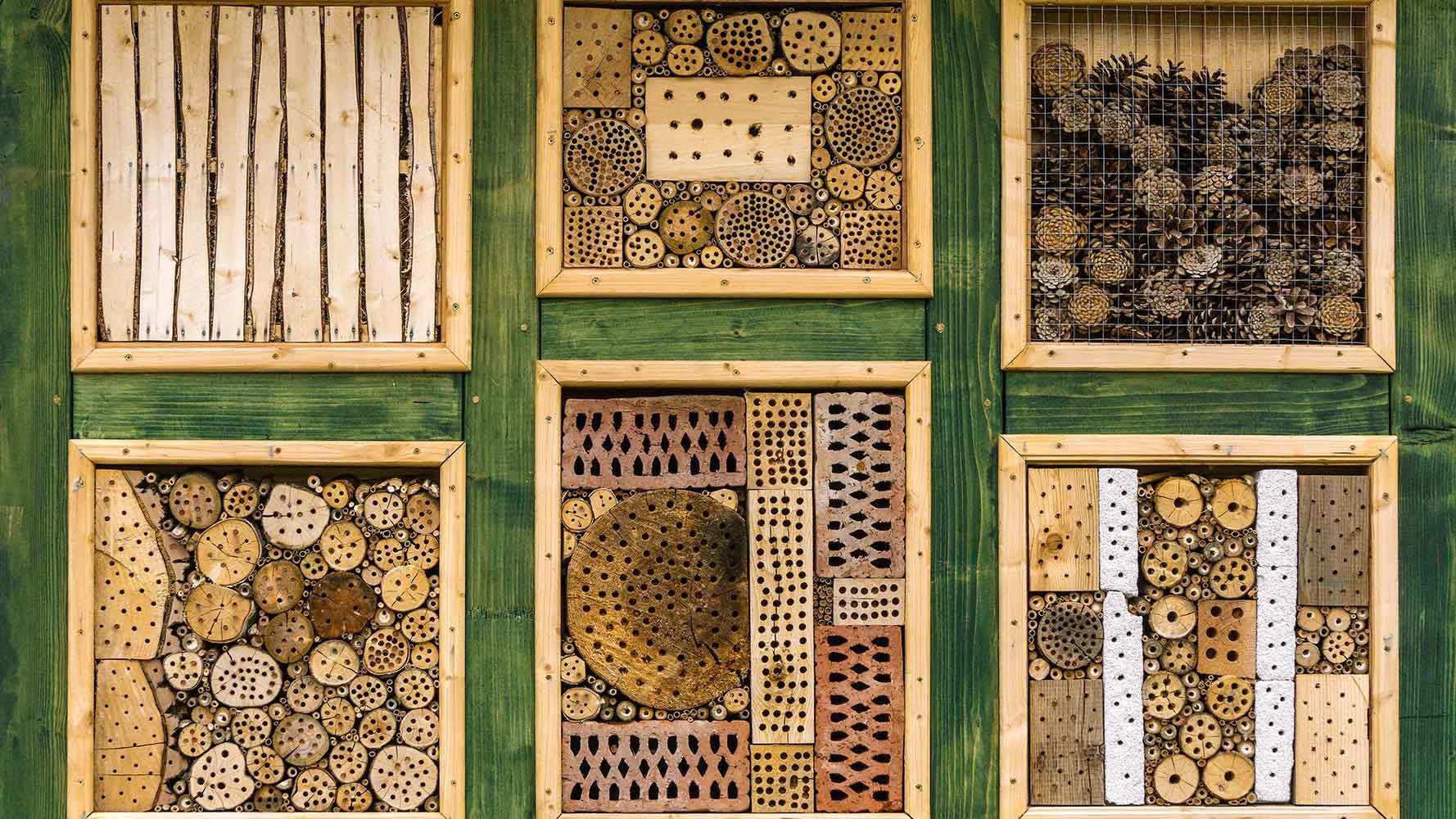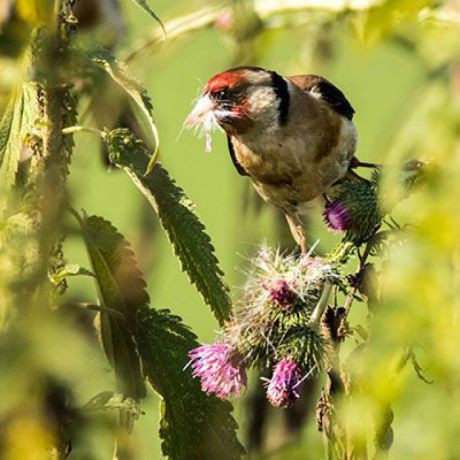Flourishing life in gardens of nurseries or schools
Children love to explore “wild spaces”. Positive experiences in nature foster their confidence and personal development. With natural gardens in nurseries and schools, the importance of biodiversity can be learned on the spot and in a very hands-on way. This provides the opportunity to create flowered areas and habitations for many species and to contribute to the connection between city and nature. Nothing is left in the way of exciting observations throughout the seasons!
Target species
Good to know
- School grounds with a claim to more biodiversity makes for new and interesting field observations.
- Children react strongly to structures and hidden places. Terrain modelling, groups of shrubs and living fences can create an inspiring and stimulating environment.
- Building a lattice together, simple gardening tasks, working with rake and shovel: Children love to help with garden work.
- Sealed and spacious schoolyards without any structuring of the space impair the quality of time spent there and do not inspire exploration.
What does the City of Vienna do?
The Environmental Consulting Services of the City of Vienna is happy to give out information about the butterfly-friendly nursery:
Die Umweltberatung der Stadt (umweltberatung.at)
Sources:
The same agency also provides the best sources of supply for nesting aids for insects:
Die Umweltberatung: Bezugsquellen für Nisthilfen und Nützlingshäuser (umweltberatung.at)



